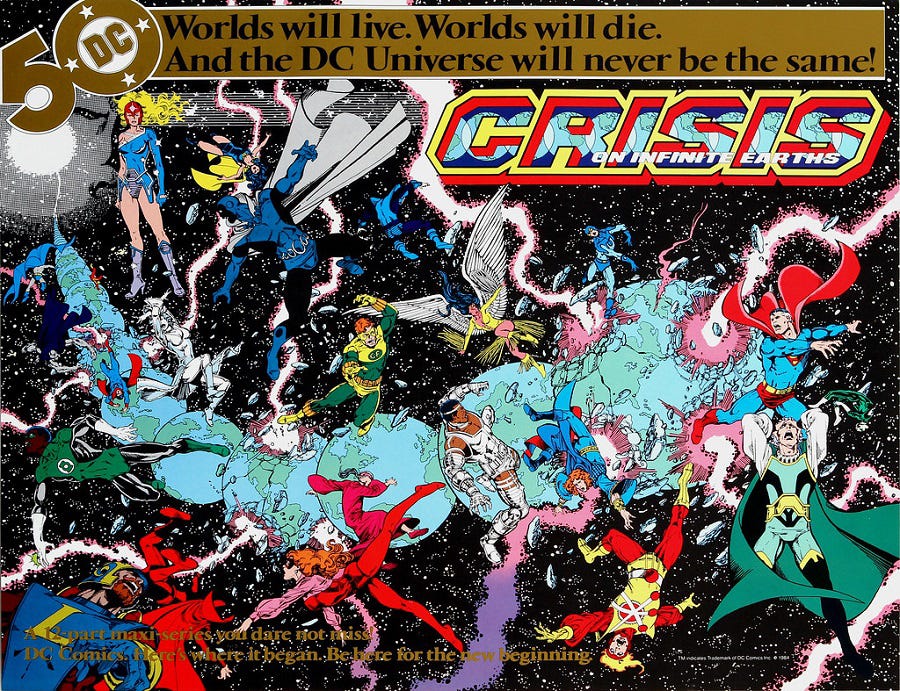The Problem with Prequels
A new article on franchise aesthetics
I haven’t had as much Star Trek material lately, partly because Strange New Worlds has ended, but also because I’ve been devoting some of my energy to a new article on franchise aesthetics more broadly. Entitled “The Franchise Problem,” the essay addresses Breaking Bad, DC, Marvel, Star Wars, and of course Star Trek, as it attempts to uncover why franchises represent simultaneously the most popular and most resented mode of storytelling in contemporary American culture. Thanks to Paul Fermin at Asia Art Archive for commissioning the piece!
Readers of this blog may also be interested to learn that I have moved my “mainstream” blogging to Substack, under the title That Blog You Like is Going to Come Back in Style.



There's an interesting argument to be made from your comparison to classic literature. While in theory everything in a given "shared universe", like Marvel Comics or Star Trek, is to be treated as canon, practically speaking most creators pick and choose just as much as Virgil or Milton did. Some creators, like Al Ewing for Marvel, are in fact known for their deep-cut continuity games. Most others haven't, or indeed couldn't have, read every single appearance of the characters or franchise they are writing for. There is a "heaviness" to certain critical events that, like the gravity of a star or black hole, the characters can't escape. New writers will constantly refer back to these heavy moments (even indirectly, or after the event is changed and erased by a retcon), like Picard's time with the Borg, Scarlet Witch's "No More Mutants", or Hal Jordan Green Lantern going Parallax. Beyond those heavy moments, writers are free to pick and choose what story beats they want to count as more important as long as it isn't deemed too contradictory.
I left a long reply to this on your stack, but on a lighter note this meme seems to me to capture in a fairly sophisticated way (given its format & length) the complexity of being a franchise fan.